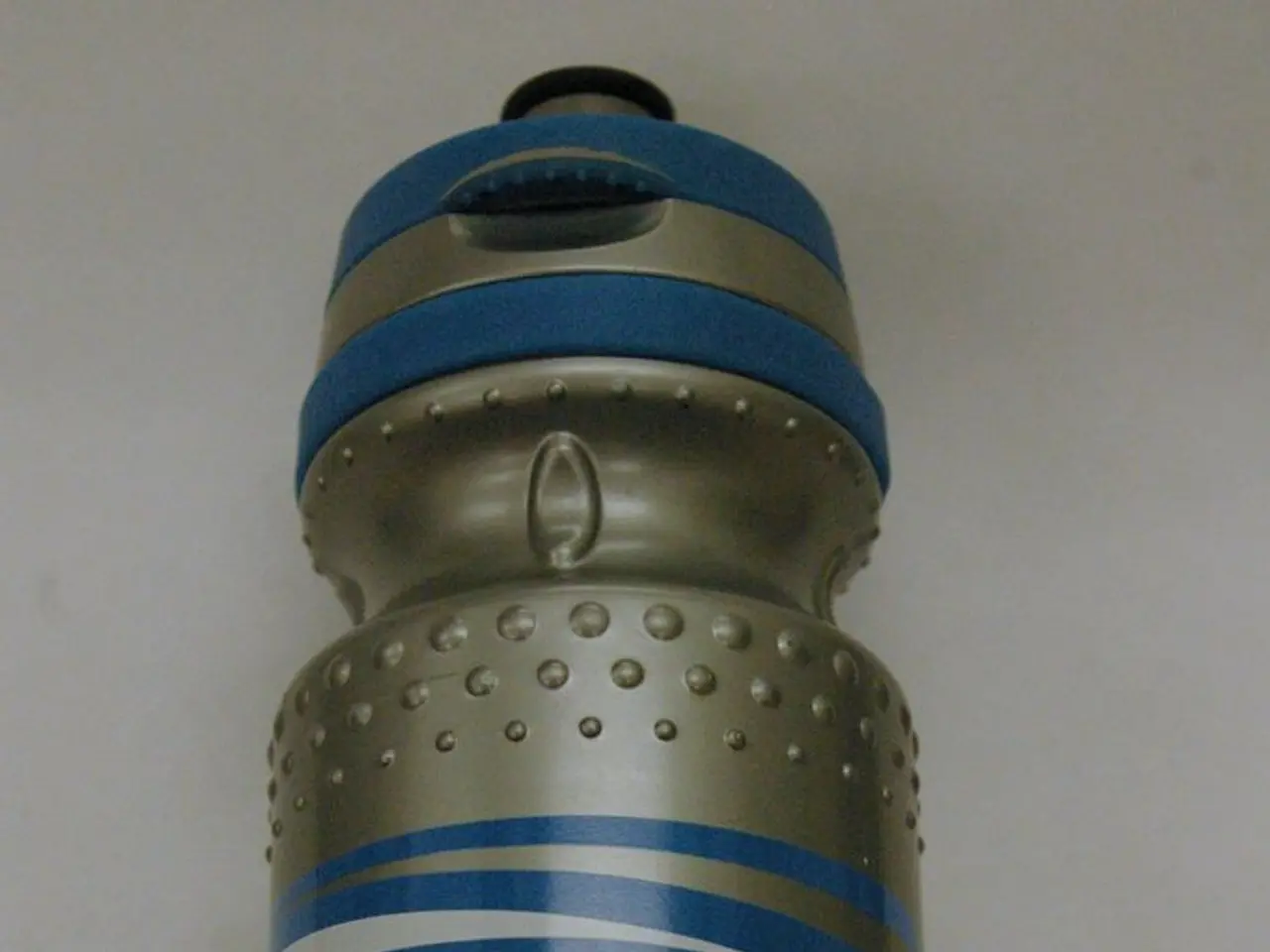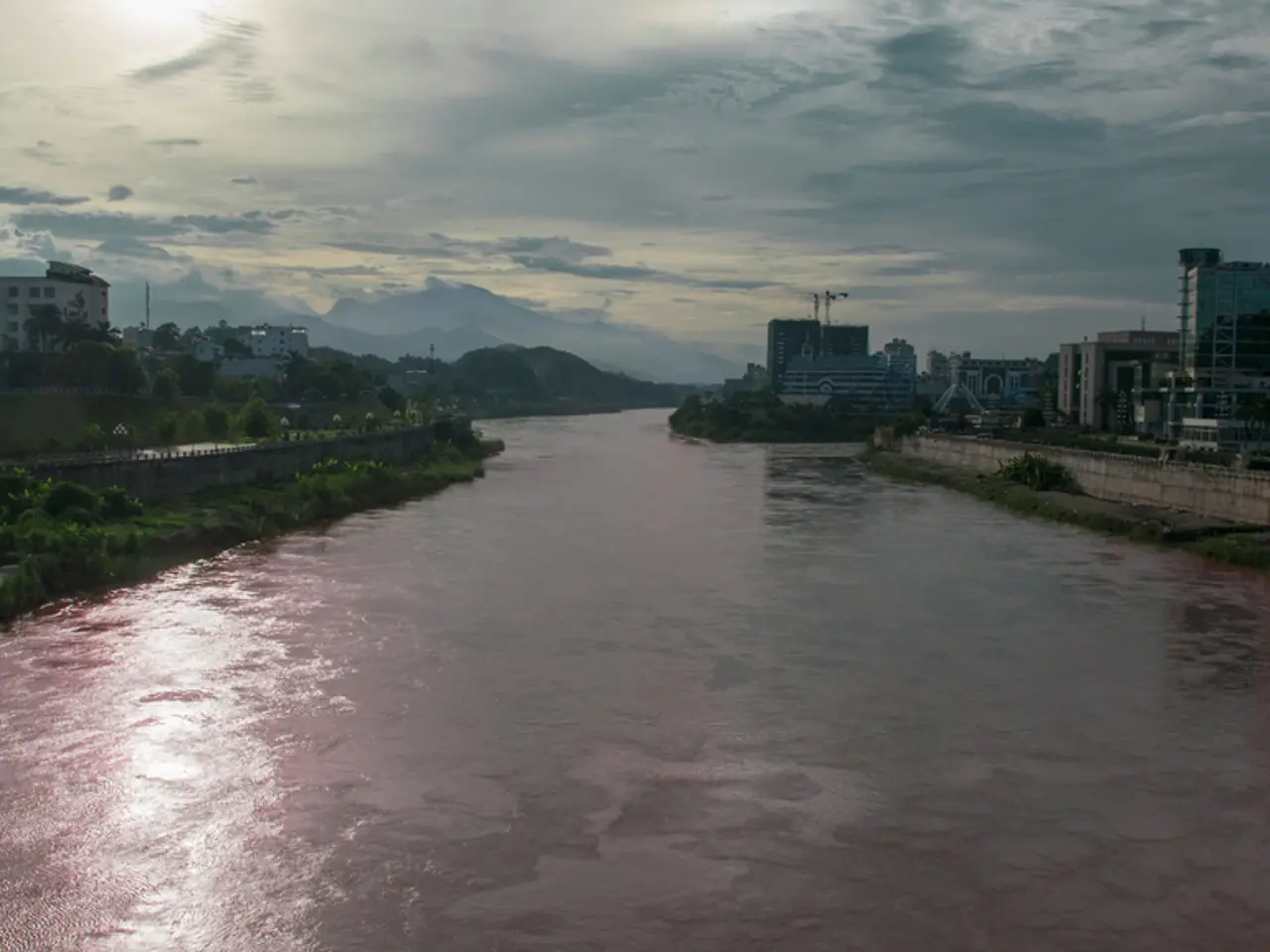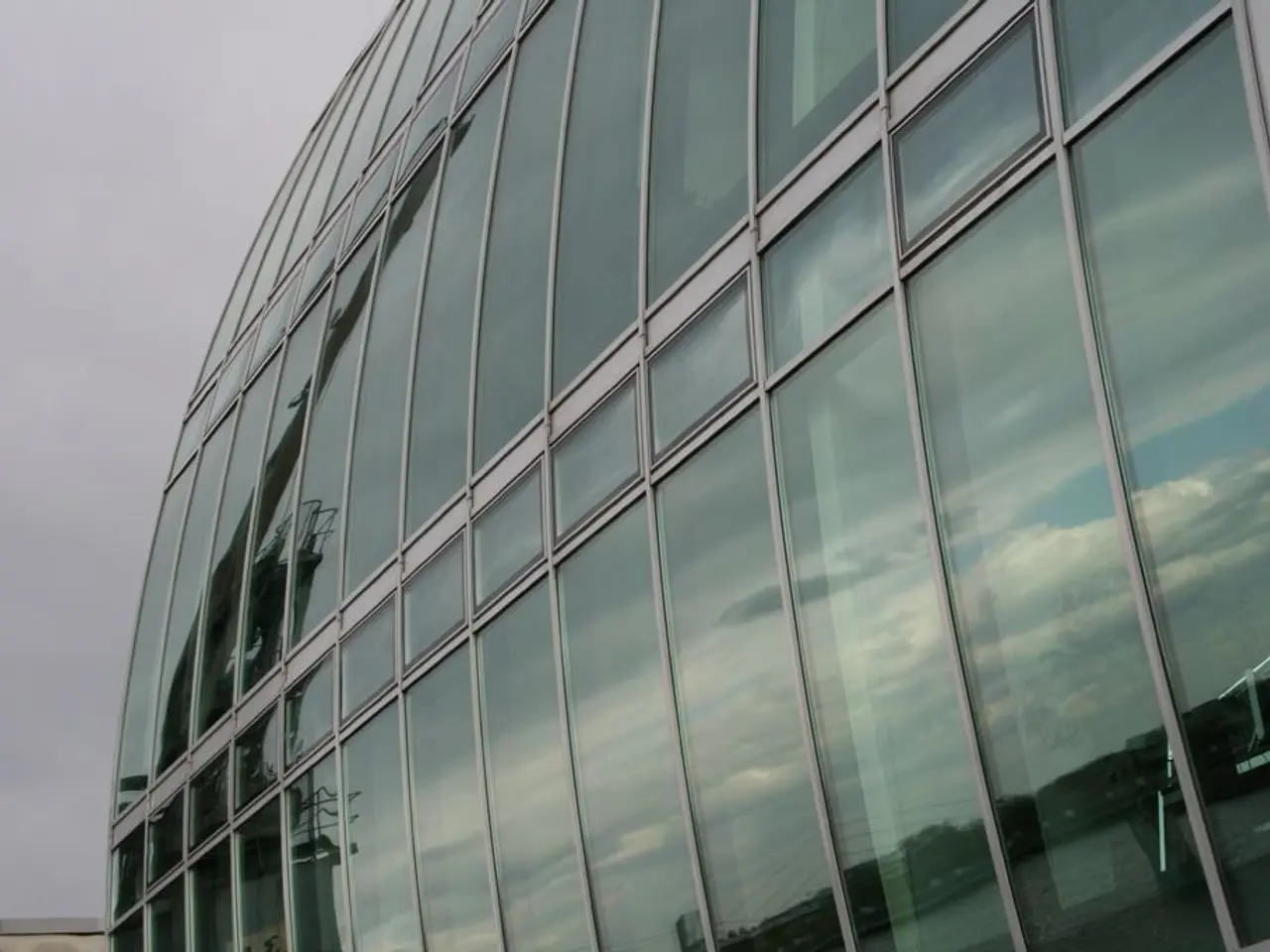Large oil and gas discovery by BP marks a significant milestone in 25 years, as the company shifts focus back towards fossil fuels.
In the Santos Basin, offshore Brazil, BP has made its largest oil and gas discovery in a quarter of a century. The Bumerangue prospect, located approximately 404 km from the coast and near Rio de Janeiro, promises significant potential for the energy giant.
The discovery features a hydrocarbon column approximately 500 meters thick within a high-quality pre-salt carbonate reservoir, covering more than 300 square kilometers at water depths near 2,400 meters and a total well depth of 5,855 meters. Pre-assessment by Brazil’s ANP indicates around 2.5 billion barrels of oil in place and a 13% chance of geological success. Including upside potential, volumes could reach approximately 4.4 billion barrels.
BP holds 100% interest in the exploration block awarded in December 2022 through Brazil’s production sharing contract system. This find marks BP’s most important since its 1999 Caspian Sea discovery and is part of a strategic focus on large, high-margin deepwater reserves in the Atlantic Basin.
The discovery is expected to reshape Brazil’s 2025 licensing round dynamics and represents a strategic and technical milestone for BP as it pursues long-term upstream production growth to about 2.3–2.5 million barrels of oil equivalent per day by 2030.
BP's production in 2024 was 2.4 million barrels of oil equivalent. The company forecasts its oil and gas production to be between 2.3 million to 2.5 million barrels of oil equivalent per day by 2030.
BP's production and operations chief, Gordon Birrell, stated that Brazil is an important country for BP. The company plans to create a major new output hub at the Bumerangue discovery site. The discovery site is named Bumerangue in Brazil.
Following the announcement, BP shares gained 1.3%. This discovery underscores BP's renewed upstream strategy focusing on large-scale, high-value deepwater assets with rapid development potential. BP has made 10 discoveries this year, including in Trinidad, Egypt, Brazil, and others.
However, it's worth noting that early results from Bumerangue indicate elevated levels of carbon dioxide. Further analysis will provide more insight into the potential of the Bumerangue block.
BP is set to report its second-quarter results on Tuesday. The company did not provide a reserve estimate for the Brazilian block. Despite this, the Bumerangue discovery is probably BP's biggest since Shah Deniz in 1999.
Irene Himona, a Bernstein analyst, believes the potential scale for BP's 100% discovery at Bumerangue could be a game-changer. The discovery is significant not only for BP but also for the global energy market and Brazil's oil auction in 2025.
- The offshore discovery at the Bumerangue prospect in the Santos Basin, Brazil, promises significant potential for BP's energy business, given the potential 2.5 billion barrels of oil in place and the opportunity for growth in the oil-and-gas industry, particularly with large, high-margin deepwater reserves like the Bumerangue block.
- As BP plans to create a major new output hub at the Bumerangue discovery site and projects its production to be between 2.3 million to 2.5 million barrels of oil equivalent per day by 2030, this oil-and-gas discovery is expected to reshape the dynamics of Brazil's 2025 licensing round and have a strategic impact on the global energy industry.
- Given its potential scale and the significant amounts of oil in play, the BP's 100% discovery at Bumerangue could be a game-changer for the company's finance and business plans, having a substantial impact not only on BP's operations but also on the global energy market and Brazil's oil auction in 2025.




